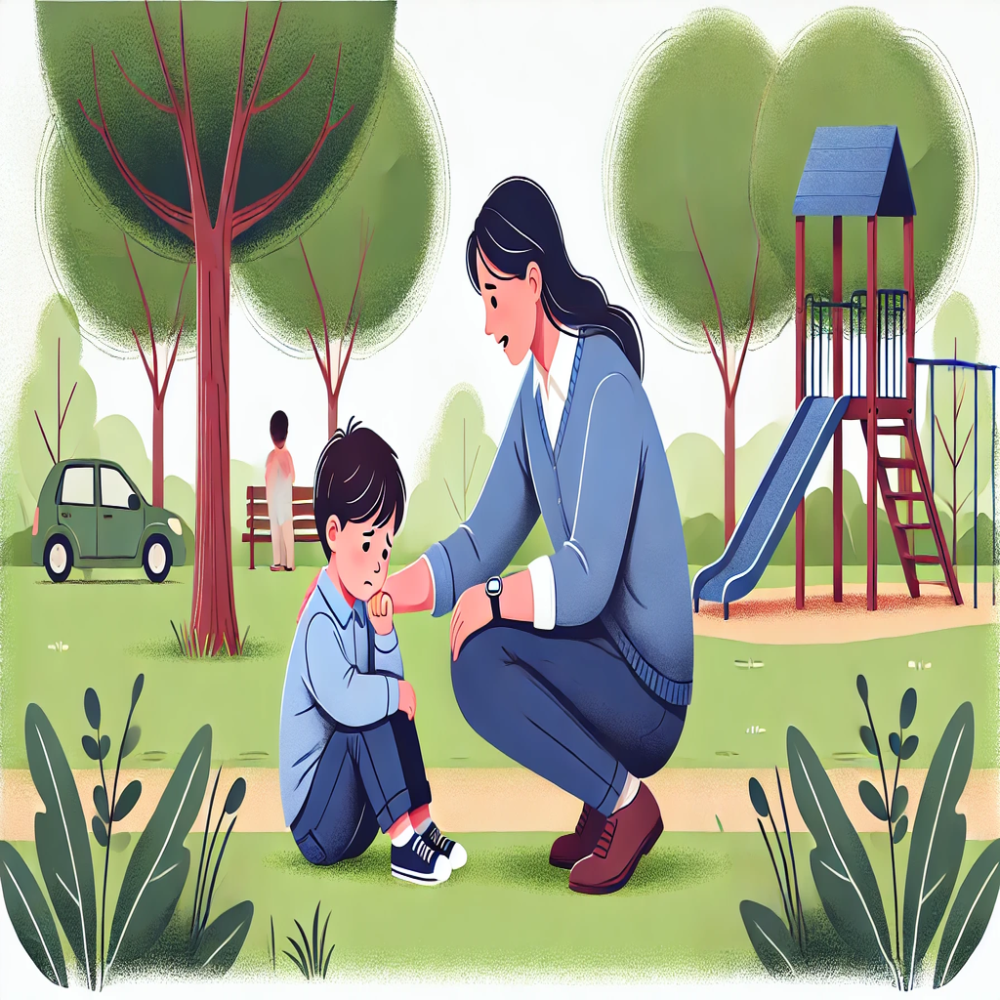
How to modify a child's hitting behavior
Modifying hitting behavior in children is an important challenge that many parents and educators face. Hitting is an unacceptable behavior that must be dealt with carefully and effectively to reinforce positive behaviors and ensure that the child grows in a safe and supportive environment. In this article, we will review practical steps and useful tips to modify a child's hitting behavior.
1. Understand the underlying causes
Identifying the triggers : The first step in modifying hitting behavior is to understand the reasons that drive the child to this behavior. Does he feel frustrated, hungry, tired, or jealous? Understanding the reasons helps in dealing with the situation more effectively.
Open communication : Talking to a child and listening to his feelings can reveal a lot about the reasons behind his behavior. Encouraging the child to express his feelings with words rather than aggressive actions is an essential part of the solution.
2. Promoting positive behavior
Positive modeling : Children learn by imitating the behavior of adults around them. Be a good role model by treating others with kindness and respect, and using words rather than aggressive actions to solve problems.
Positive reinforcement : Rewarding a child when he behaves positively can enhance the repetition of good behavior. Use praise and encouragement to reinforce desired behaviors.
3. Providing alternatives
Teach peaceful conflict resolution skills : Teach children how to resolve conflicts peacefully, such as talking, listening to others, and negotiating compromises. These skills help them deal with feelings of anger and frustration in a constructive way.
Encourage emotional expression : Help children understand their feelings and express them with words rather than actions. Educational games and activities can be used to enhance this understanding.
4. Set boundaries and rules
Clear and consistent rules : Establishing clear rules for acceptable and unacceptable behavior can help reduce aggressive behavior. Make sure the child understands these rules and the consequences of violating them.
Appropriate Consequences : When hitting behavior occurs, use appropriate and clear consequences. These consequences should be consistent and fair, and help the child understand that hitting is unacceptable.
5. Supportive environment
Create a calm and safe environment : The surrounding environment greatly affects the child’s behavior. Providing a calm and stable environment can reduce feelings of stress and aggression.
Encouraging physical activities : Children have a lot of energy that needs to be drained. Encouraging physical activities such as sports and motor games can help reduce aggression and improve mood.
6. Seek professional help
Consult a specialist : If hitting behavior persists despite ongoing attempts to modify it, it may be helpful to consult a psychologist or educational counselor. Specialists can provide advanced strategies and personalized guidance for dealing with aggressive behavior.
Conclusion
Modifying hitting behavior in children requires patience, understanding, and the use of multiple strategies. By understanding the underlying causes, reinforcing positive behavior, providing alternatives, and setting clear rules, parents and educators can help children develop communication skills and resolve conflicts in peaceful and constructive ways. Ultimately, the goal is to raise children who are able to deal with their emotions in a healthy and productive way, which contributes to their personal and social development positively.

